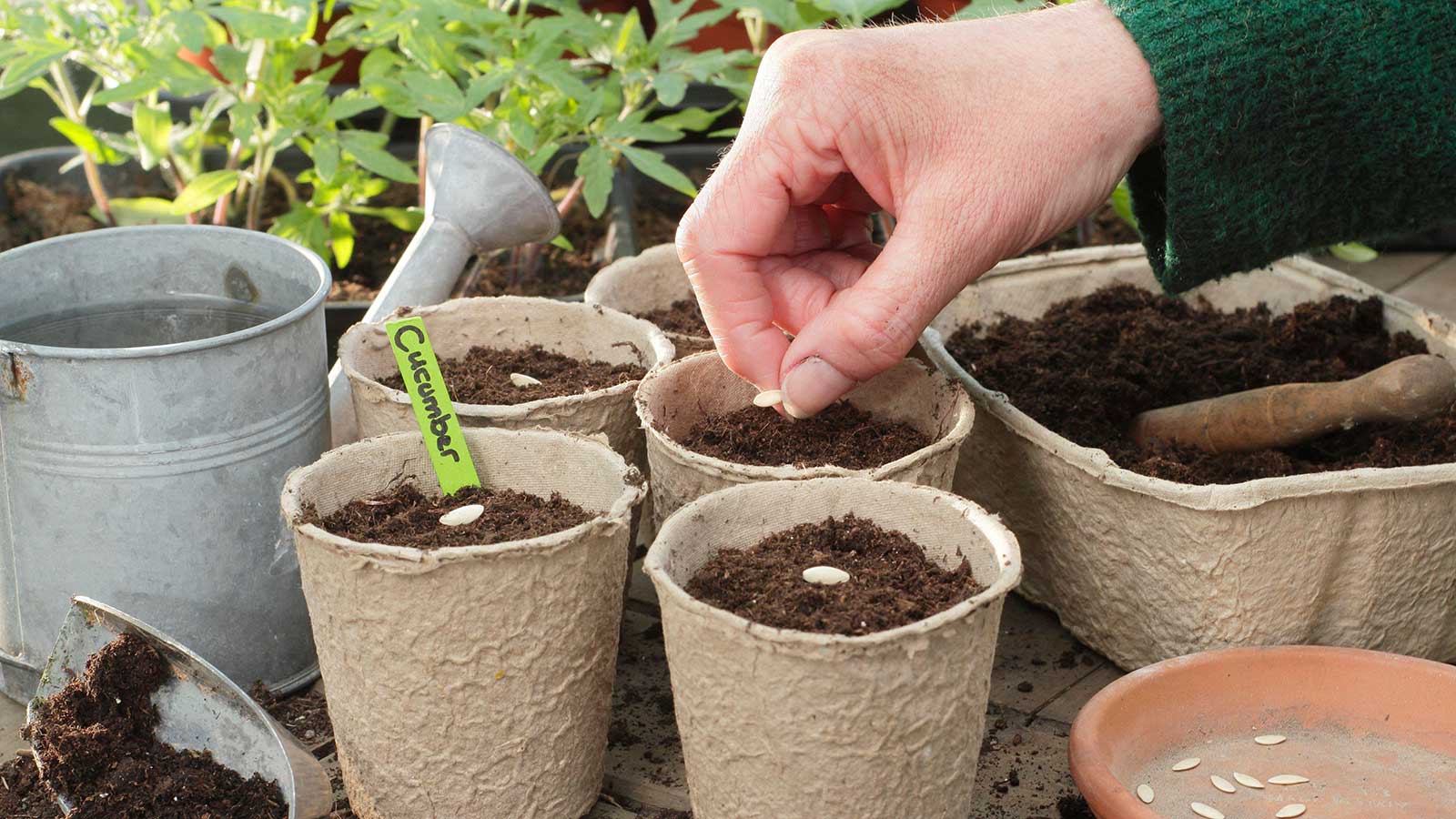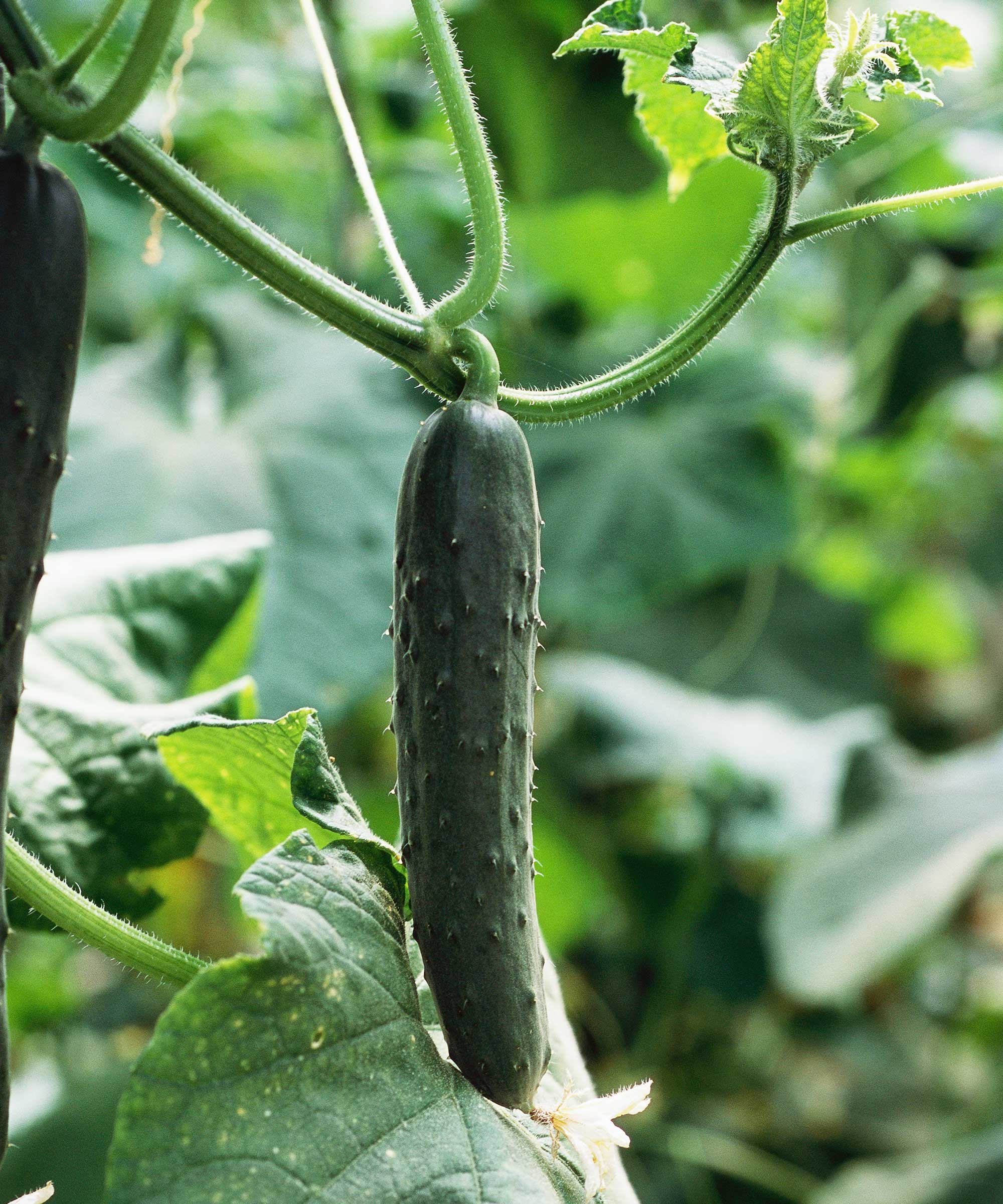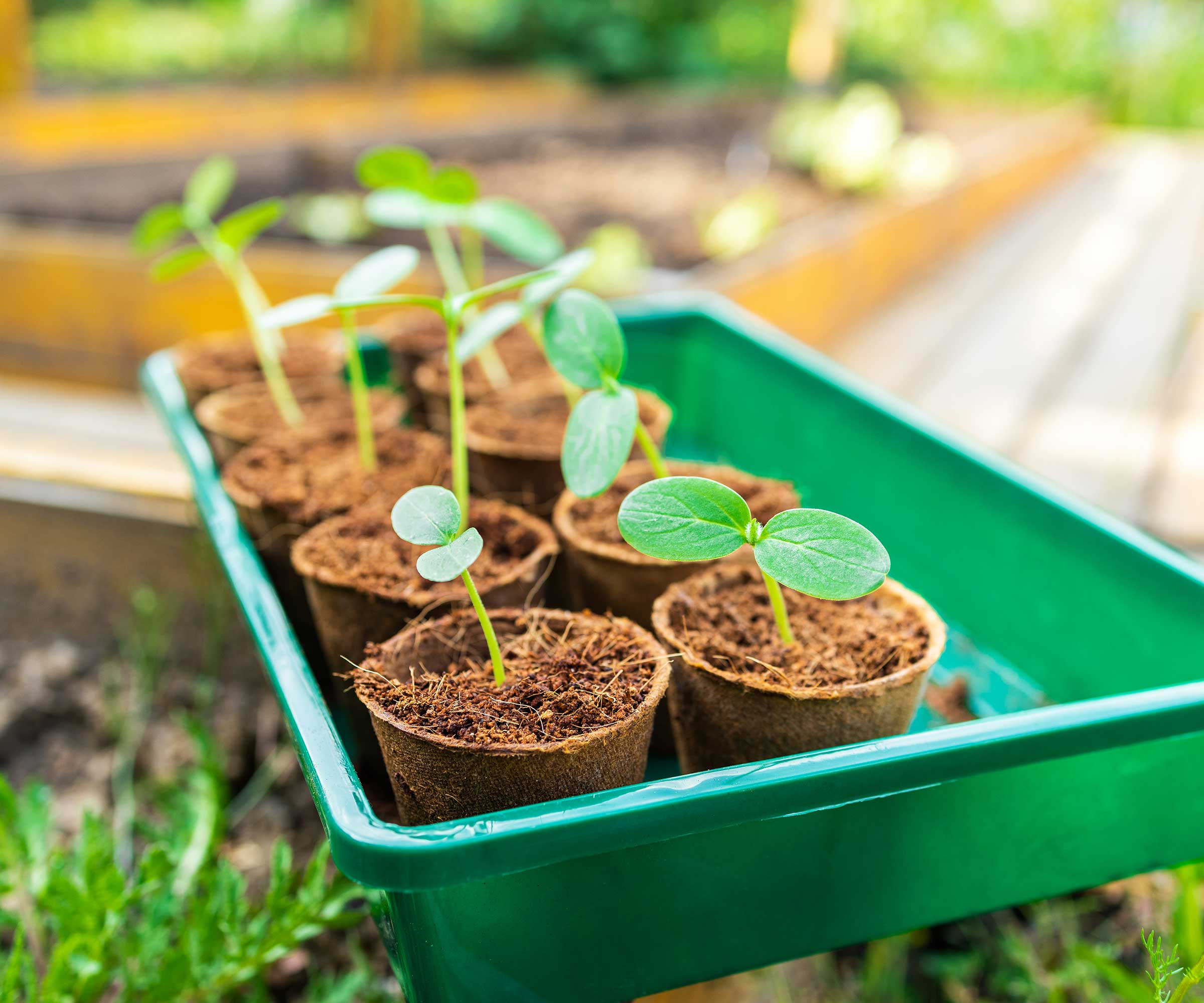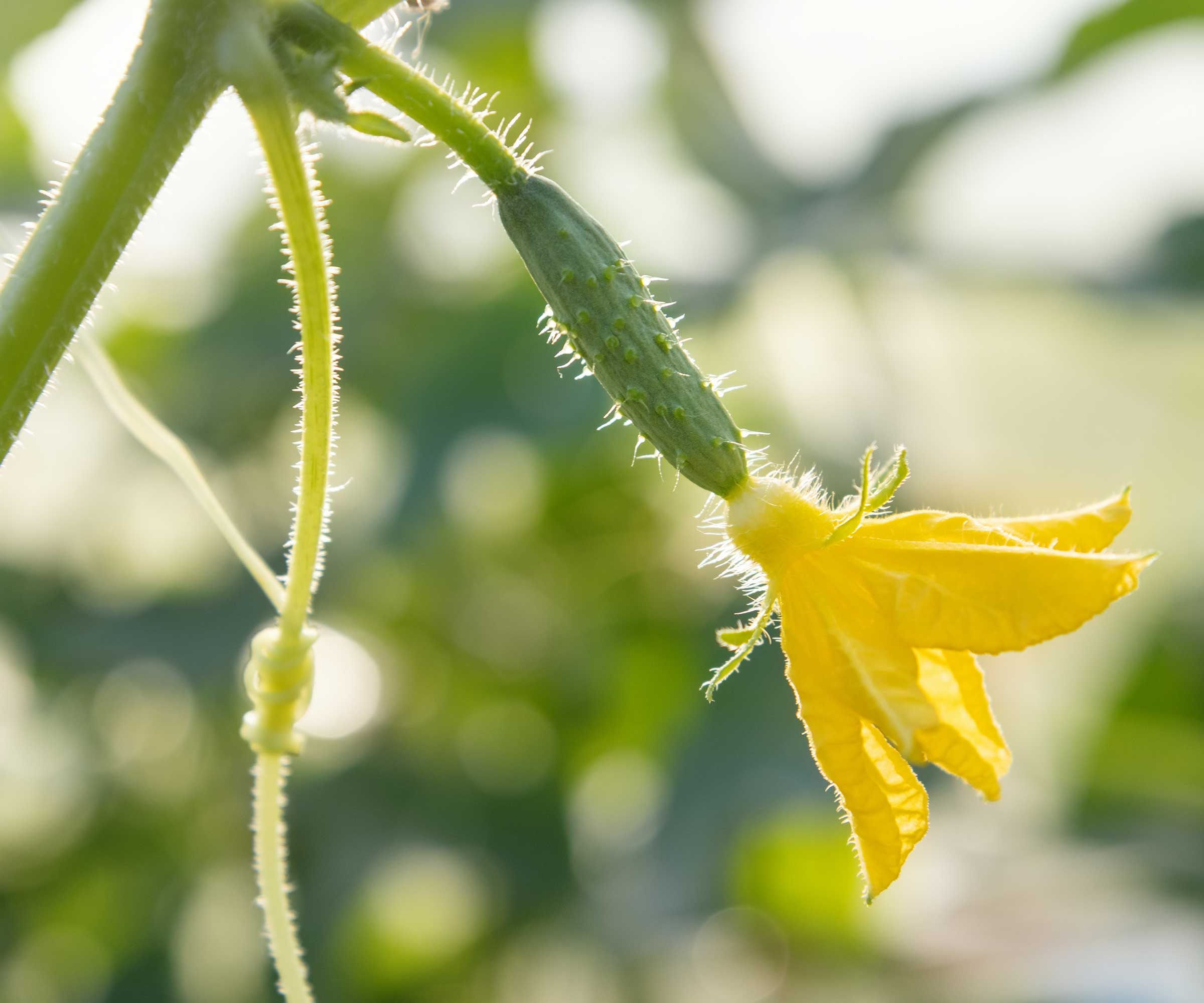How to save cucumber seeds – for planting a new crop in your yard
A gardening expert shares their seed-saving tips for growing new cucumber plants


Harvesting seeds from your homegrown crops is incredibly rewarding and saves you from buying new seeds next year. It's ideal if you're looking for sustainable gardening ideas and it can be tried with all sorts of fruits and vegetables.
If you've grown cucumbers in your greenhouse or vegetable garden this summer, then collecting the seeds is relatively straightforward. However, there are some important tips to bear in mind to increase the chances of success.

Homegrown cucumbers are a delicious addition to summer salads
Saving cucumber seeds – an expert guide
Try these tips and you can plant a new batch of cucumber seeds next year, without extra cost.

Start cucumber seeds off in small pots or trays
Choosing which cucumbers to harvest seeds from
Considering the different cucumber varieties is an important first step if you plan on collecting the seeds.
Charmaine Peters, a vegetable-growing expert at Arden, recommends saving seeds from heirloom types of cucumber. 'Heirloom cucumber varieties come from seeds grown over generations,' she says. The seeds tend to produce plants that are more stable and nearly identical to the parent plant.
An example of a heirloom variety is the 'Suyo Long' cucumber, with seeds available to buy from Burpee.
Saving hybrid cucumber seeds is not advised. 'Hybrid cucumbers come from cross-pollinating two distinct parent varieties, resulting in complex genetics,' says Charmaine. The seeds may be sterile or unable to produce cucumbers with the same desirable traits as the parent plant, she explains.
Design expertise in your inbox – from inspiring decorating ideas and beautiful celebrity homes to practical gardening advice and shopping round-ups.

Charmaine Peters is the Farm Director at Arden, an Agrihood community in Wellington, Florida. She manages the community’s five-acre working farm, as well as a monthly farm-share program for residents.

It's best to harvest seeds from heirloom varieties of cucumbers
How to harvest cucumber seeds in 6 steps
Wait until the cucumber you wish to harvest seeds from is fully ripe. It should feel softer than a cucumber you would pick for eating, and be yellow or orange in color, as opposed to green.
Then, follow Charmaine's tips below to harvest the seeds. The process is similar to harvesting tomato seeds.
- Cut the cucumber open lengthwise, and scoop the seeds out with a spoon, including any watery pulp. Transfer these extracted seeds into a bowl or a mason jar.
- Add water to the jar and cover it with a cloth or a coffee filter secured with a rubber band to keep out fruit flies.
- Stir the mixture once a day and let it ferment.
- Add more water after three days and stir the mixture again. The viable seeds will naturally sink during this process, while the pulp and bad seeds will float. Discard the floating pulp and bad seeds, then place the viable seeds on a clean linen cloth or paper towel to dry.
- Allow them to air dry until they can be snapped in half with ease.
- Once dried, you can store the cucumber seeds until you’re ready to plant them.

You'll need to separate the seeds from the pulp before storing them
FAQs
How long will cucumber seeds remain viable?
Keep your cucumber seeds in an airtight container somewhere cool, dark, and dry. They should remain viable for around five years or so.
Can you save seeds from a store-bought cucumber?
Unfortunately, the seeds harvested from a store-bought cucumber are unlikely to grow. These fruits are not ripe enough to extract the seeds from. What's more, store-bought cucumbers are generally hybrid varieties, which are often sterile.
Once your new cucumbers are underway, remember to care for them properly to encourage a healthy and prolific crop. This means pruning and fertilizing them when needed, and keeping an eye out for cucumber beetles.

Holly started writing about gardening five years ago, and she is a regular contributor to Homes & Gardens. She has also written many gardening features for Woman & Home and Real Homes, too. She has previous experience as a professional gardener, where she helped to plant and maintain private gardens. Holly has also looked after allotment plots over the years and loves to grow her own flowers and veggies from seed. In her spare time, she enjoys visiting local gardens, botanical drawing, and tending to her ever-growing collection of houseplants.